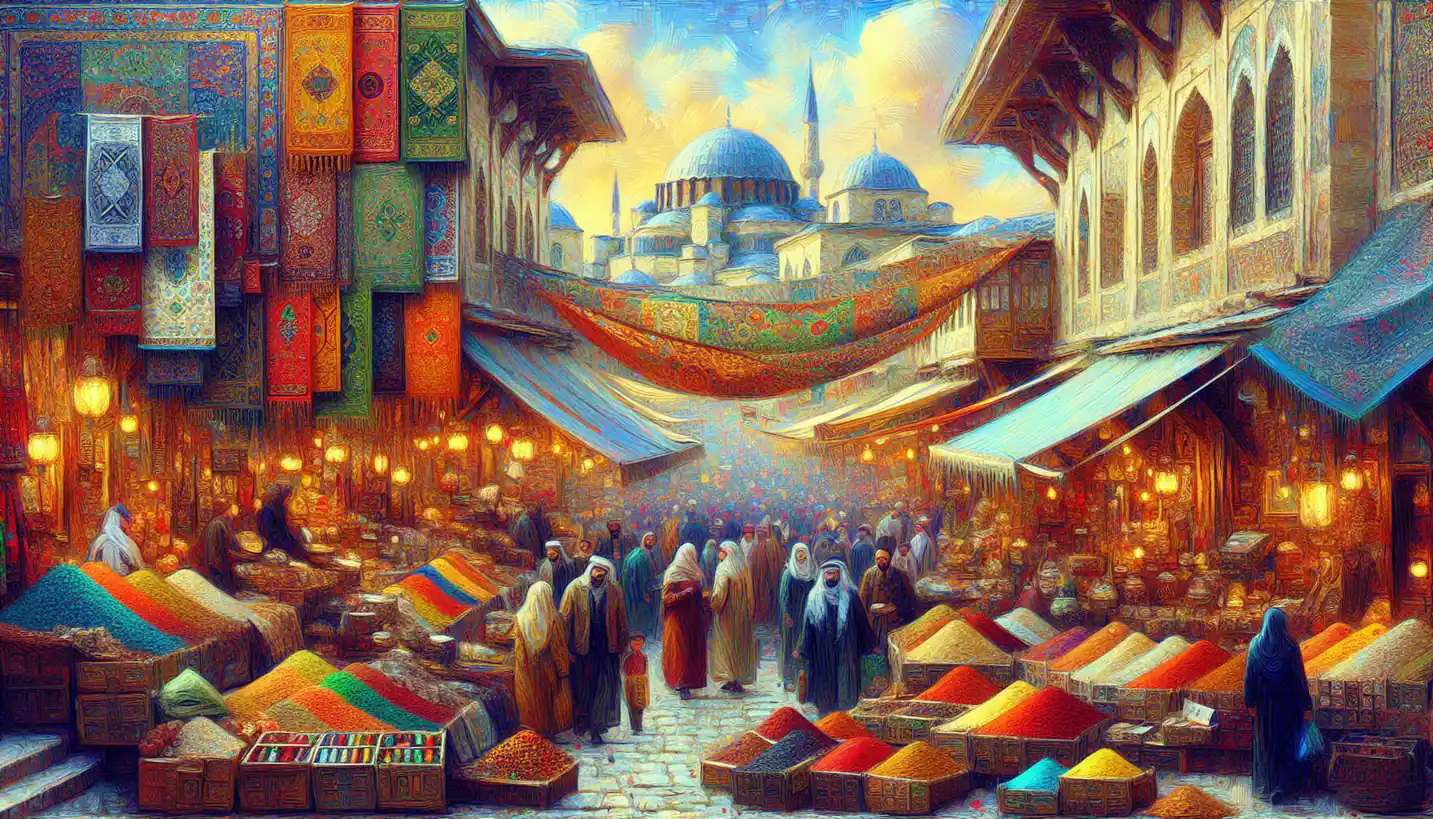· History · 4 min read
Hanseatic League: A Key to Medieval Trade Networks
Explore the Hanseatic League's crucial role in medieval trade networks. Discover how this powerful alliance influenced commerce across Europe and beyond.

The Hanseatic League might sound like a guild from a fantasy novel, but it was an incredible and very real network that connected cities across medieval Europe. Picture a web of bustling trade routes stretching from the icy shores of Scandinavia to the bustling markets of Flanders, creating a unified economic powerhouse that influenced European trade for centuries.
The story of the Hanseatic League begins in the late Middle Ages, around the 13th century. During this time, communities needed protection from pirates and banding together improved their economic reach. So, merchant towns from different places, like Lübeck and Hamburg, decided to cooperate to safeguard their trading interests and ensure their goods could travel safely across the seas. This cooperation wasn’t just about muscle; it was about strategy. By forming a league, these cities could negotiate better terms and ward off threats together.
Roots in Lübeck and Hamburg
Lübeck is often credited as the birthplace of the Hanseatic League. This German city was strategically placed near several important trade routes. With its position by the Baltic Sea, it served as a gateway for merchants traveling between the North and Baltic Seas. Hamburg, another founding city, complemented Lübeck by opening up the way to the North Sea. Together, they formed a formidable axis for trade.
As more cities saw the benefits of this alliance, the network expanded, eventually encompassing about 200 cities. Places like Cologne and Bremen and towns across Scandinavia and the Baltic States jumped on board, understanding that there was strength (and profit) in numbers.
Navigating Through Merchant Markets
Think of the medieval marketplace as a buzzing hub filled with spices, furs, cloth, grain, and fish. The Hanseatic League simplified the chaos by standardizing weights and measures and using a universal currency, making it easier to trade without misunderstandings.
Merchants who were part of the League had special privileges. They enjoyed tax breaks, access to exclusive trading posts, and security provided by mutual agreements. These privileges helped them sidestep the often treacherous political landscapes of medieval Europe, allowing for a smoother flow of commerce.
Political Power and Influence
The Hanseatic League wasn’t just about trade; it wielded significant political power as well. Imagine an association with enough clout to negotiate treaties, influence kings, or even declare economic blockades. That’s the kind of influence the League commanded. It was like a medieval version of a multinational corporation with serious political leverage.
By working together, member cities could dictate terms and conditions for trade in many regions. For instance, they imposed bans and sanctions against countries that threatened their interests, using economic pressure to sway political actions—a bit like today’s trade embargos.
Cultural and Social Impact
The reach of the Hanseatic League wasn’t confined to economics and politics. It also played a key role in the cultural exchange between regions. As traders moved from city to city, they carried not just goods but also ideas, stories, and customs. This mingling of cultures led to a vibrant blending of traditions, languages, and innovations across northern Europe.
Architecture, art, and social customs were all influenced by this cultural exchange. You might find similar styles in the buildings of Lübeck, Visby, and even Bruges, showing the artistic threads that tied the region together.
Challenges and Decline
But no empire lasts forever. By the 16th century, the Hanseatic League faced several challenges. The rise of powerful nation-states like Sweden, Denmark, and the Dutch Republic began to shift control away from city-states. These new political entities established their own trade routes and systems, reducing the League’s influence.
Moreover, advances in navigation and shipbuilding during the Age of Exploration diverted trade routes to the Atlantic, diminishing the importance of the Baltic Sea. Additionally, internal issues like rivalry among member cities weakened the cohesion that had once been their strength.
Legacy of the Hanseatic League
Even though the Hanseatic League eventually faded, its legacy remains very much alive. Many of the cities that were once part of this historic network still proudly bear the title “Hanseatic City.” The spirit of cooperation and shared economic interest pioneered by the League is echoed in today’s globalized trade systems and economic unions.
Think of modern organizations like the European Union, formed with the understanding that collaboration can lead to prosperity. The foundations laid by the Hanseatic League provide a fascinating look at how alliances can shape economies, politics, and even cultures.
So, the next time you’re browsing a market or admiring the historic architecture in a northern European city, remember the incredible story of the Hanseatic League, the medieval powerhouse that connected cultures and economies in ways that still resonate today.



